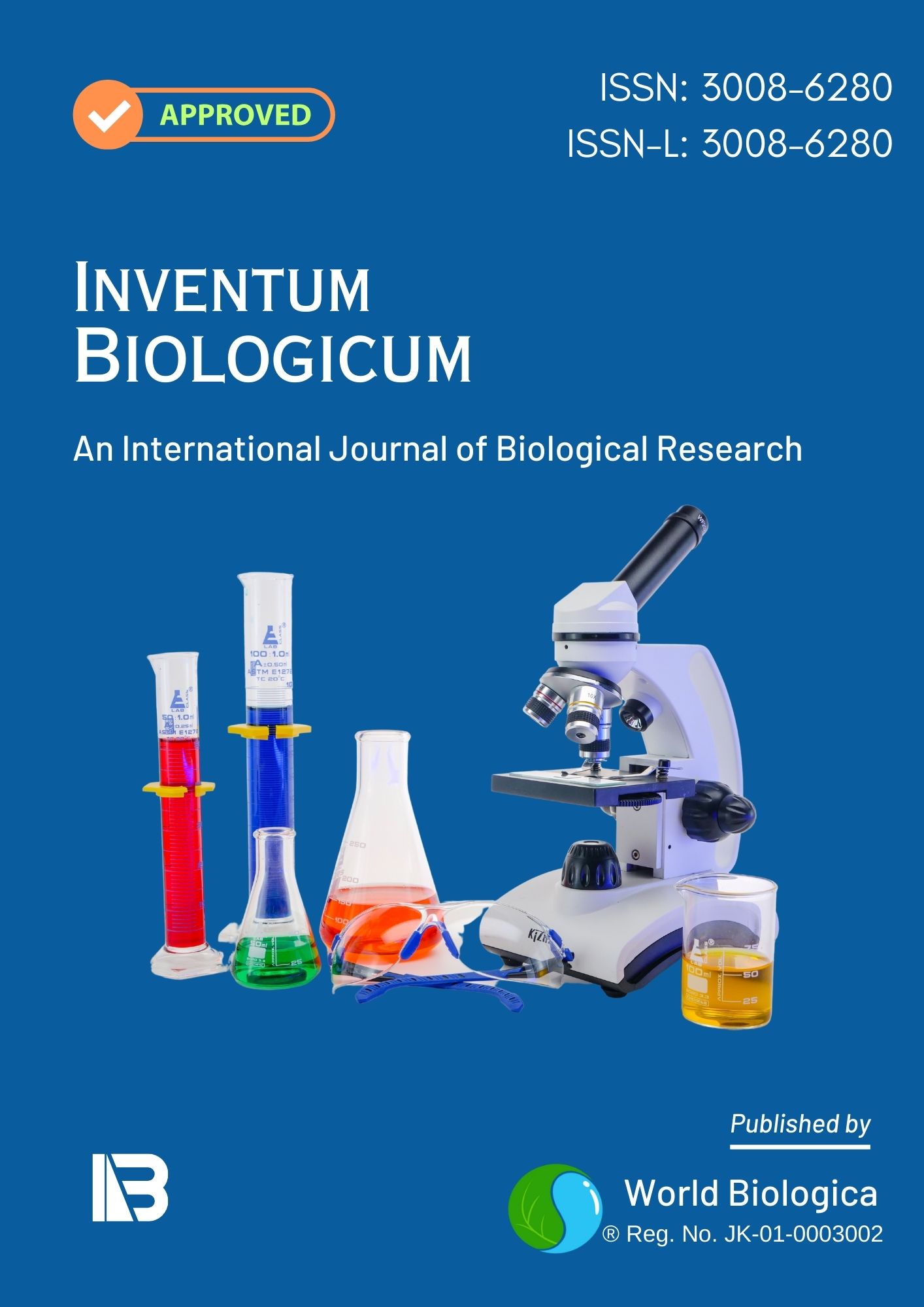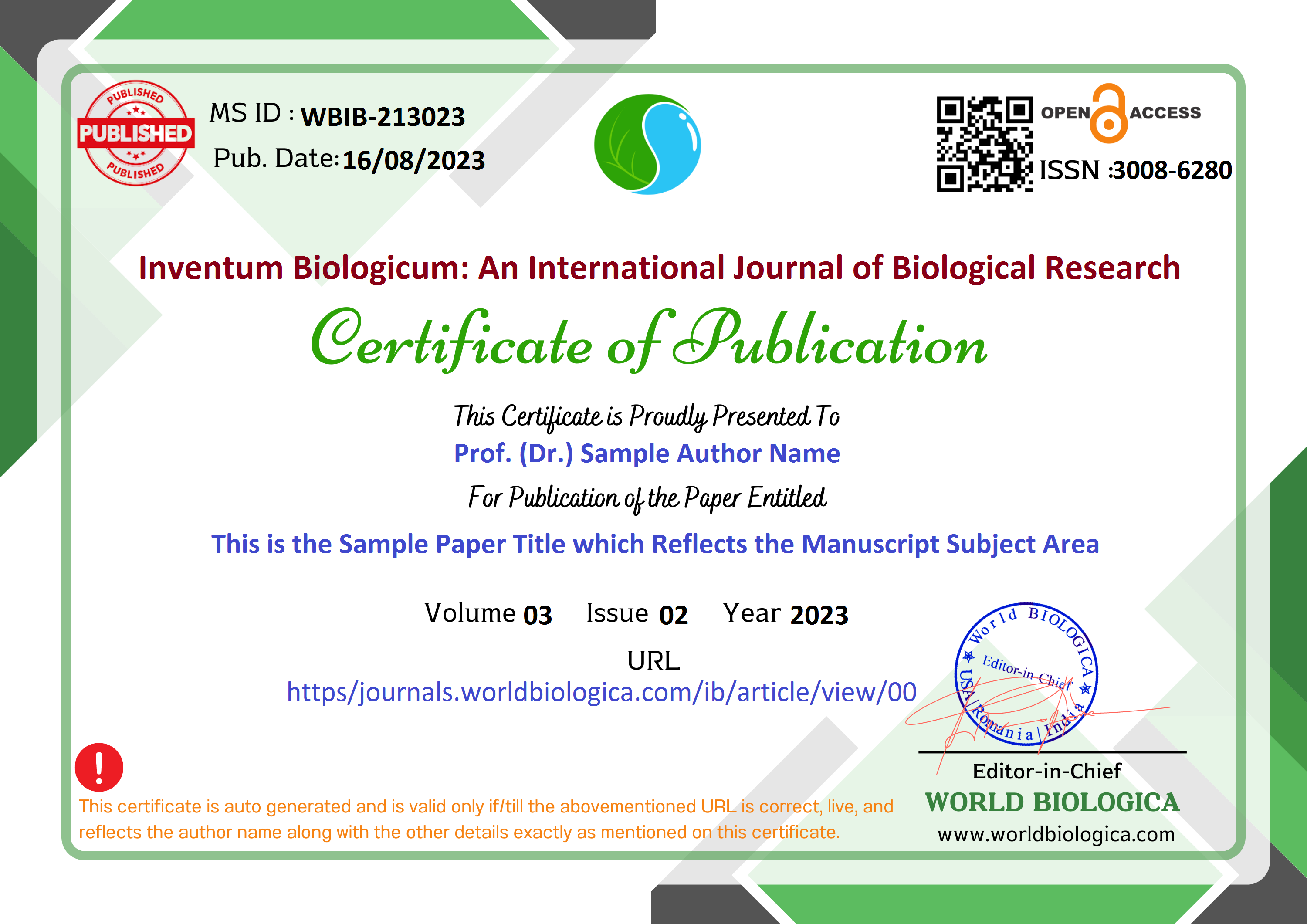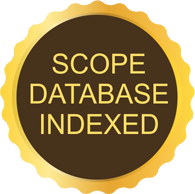Longitudinally Extensive Transverse Myelitis: Diagnostic Pitfalls and Treatment Strategies
Keywords:
Longitudinally Extensive Transverse Myelitis (LETM), Demyelinating Disorders, Plasma Exchange Therapy (PLEX), Corticosteroid Treatment, Immunosuppressive TherapyAbstract
Relapsing transverse myelitis (TM) is a rare but potentially debilitating neurological condition characterized by inflammation of the spinal cord, often associated with neuromyelitis optica spectrum disorders (NMOSD). TM can present with motor, sensory, and autonomic dysfunction, and when it recurs, it raises significant concerns regarding underlying chronic demyelinating diseases. Diagnosing and managing this condition, particularly in the absence of specific antibodies like NMO-IgG or MOG, remains a challenge. This article explores the pathophysiology, diagnostic criteria, and treatment options for relapsing transverse myelitis, emphasizing the importance of early detection and aggressive management to prevent permanent disability.
Downloads
References
Lennon, V. A., Wingerchuk, D. M., Kryzer, T. J., et al. (2004). A serum autoantibody marker of neuromyelitis optica: Distinction from multiple sclerosis. *The Lancet*, 364(9451), 2106–2112. doi:10.1016/S0140-6736(04)17551-X.
Weinshenker, B. G., Wingerchuk, D. M. (2017). Neuromyelitis Optica Spectrum Disorders. *Mayo Clinic Proceedings*, 92(4), 663-679. doi:10.1016/j.mayocp.2017.02.011.
Wingerchuk, D. M., Banwell, B., Bennett, J. L., et al. (2015). International consensus diagnostic criteria for neuromyelitis optica spectrum disorders. *Neurology*, 85(2), 177-189. doi:10.1212/WNL.0000000000001729.
Sechi, E., Shosha, E., Williams, J. P., et al. (2019). Aquaporin-4 and MOG autoantibody discovery in idiopathic transverse myelitis. *Neurology*, 93(4), e414-e420. doi:10.1212/WNL.0000000000007931.
Young, J., Quinn, S., Hurrell, M., & Taylor, B. (2009). Clinically isolated acute transverse myelitis: Prognostic features and incidence. *Multiple Sclerosis Journal*, 15(11), 1295–1302. doi:10.1177/1352458509345909.
Jarius, S., Ruprecht, K., Kleiter, I., et al. (2016). MOG-IgG in NMO and related disorders: A multicenter study of 50 patients. Part 1: Frequency, syndrome specificity, influence of disease activity, long-term course, association with AQP4-IgG, and origin. *Journal of Neuroinflammation*, 13(1), 279. doi:10.1186/s12974-016-0717-1.
Flanagan, E. P., Weinshenker, B. G. (2018). Neuromyelitis optica spectrum disorder and longitudinally extensive transverse myelitis. *Current Opinion in Neurology*, 31(3), 267-273. doi:10.1097/WCO.0000000000000558.
Gunes, H. N., Kurtuncu, M., Gul, A., et al. (2017). A case report: Neuromyelitis optica spectrum disorder presenting with longitudinally extensive transverse myelitis and aquaporin-4 autoantibodies. *Acta Neurologica Belgica*, 117(4), 981–983. doi:10.1007/s13760-017-0860-2.
Zalewski, N. L., Flanagan, R. P., Keegan, B. M. (2018). Evaluation of idiopathic transverse myelitis revealing specific myelopathy diagnoses. *Neurology*, 90(2), e96-e102. doi:10.1212/WNL.0000000000004818.
Jurynczyk, M., Messina, S., Woodhall, M. R., et al. (2017). Clinical presentation and prognosis in MOG-antibody disease: A UK study. Brain, 140(12), 3128-3138. doi:10.1093/brain/awx276.
Downloads
-
Download PDF
 Abstract Views: 76,
Abstract Views: 76,  Download PDF: 73
Download PDF: 73
Published
How to Cite
Issue
Section
License
Copyright (c) 2024 Inventum Biologicum: An International Journal of Biological Research

This work is licensed under a Creative Commons Attribution-NonCommercial-NoDerivatives 4.0 International License.


















